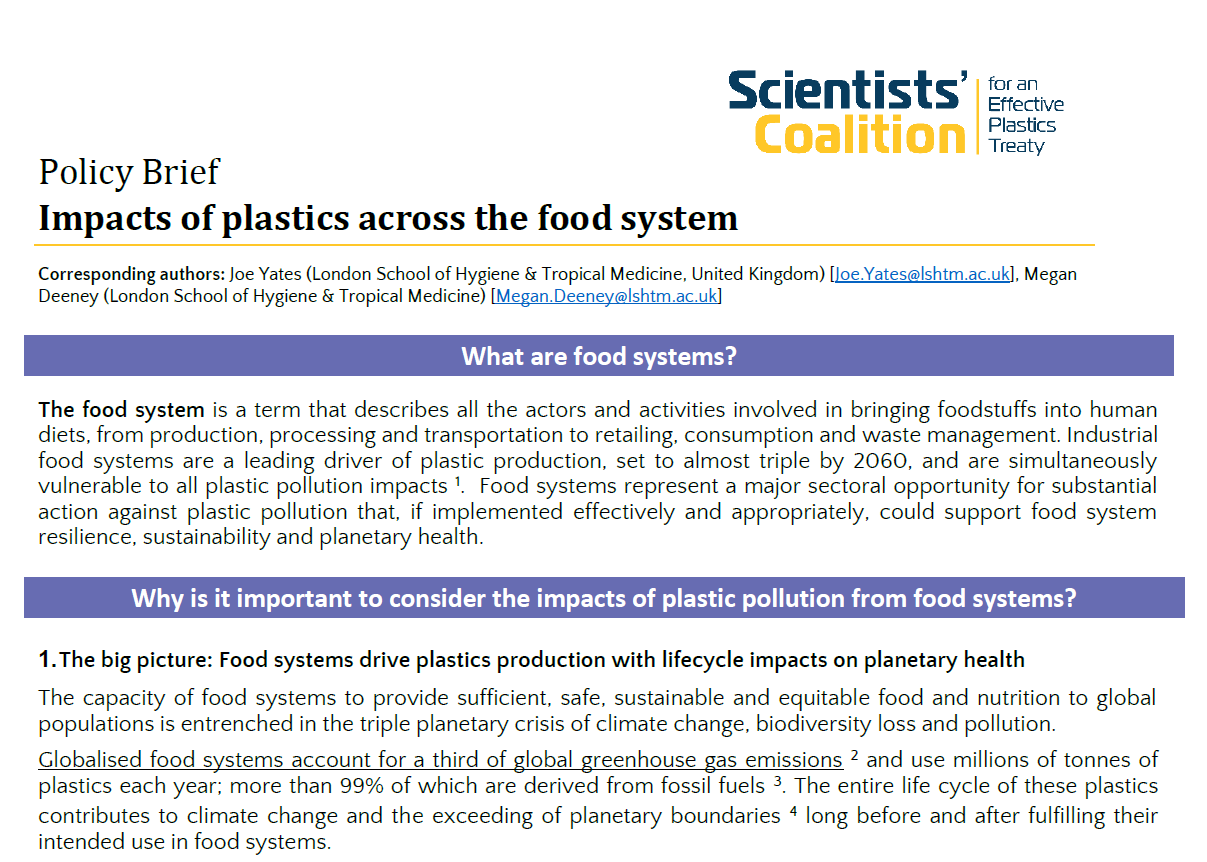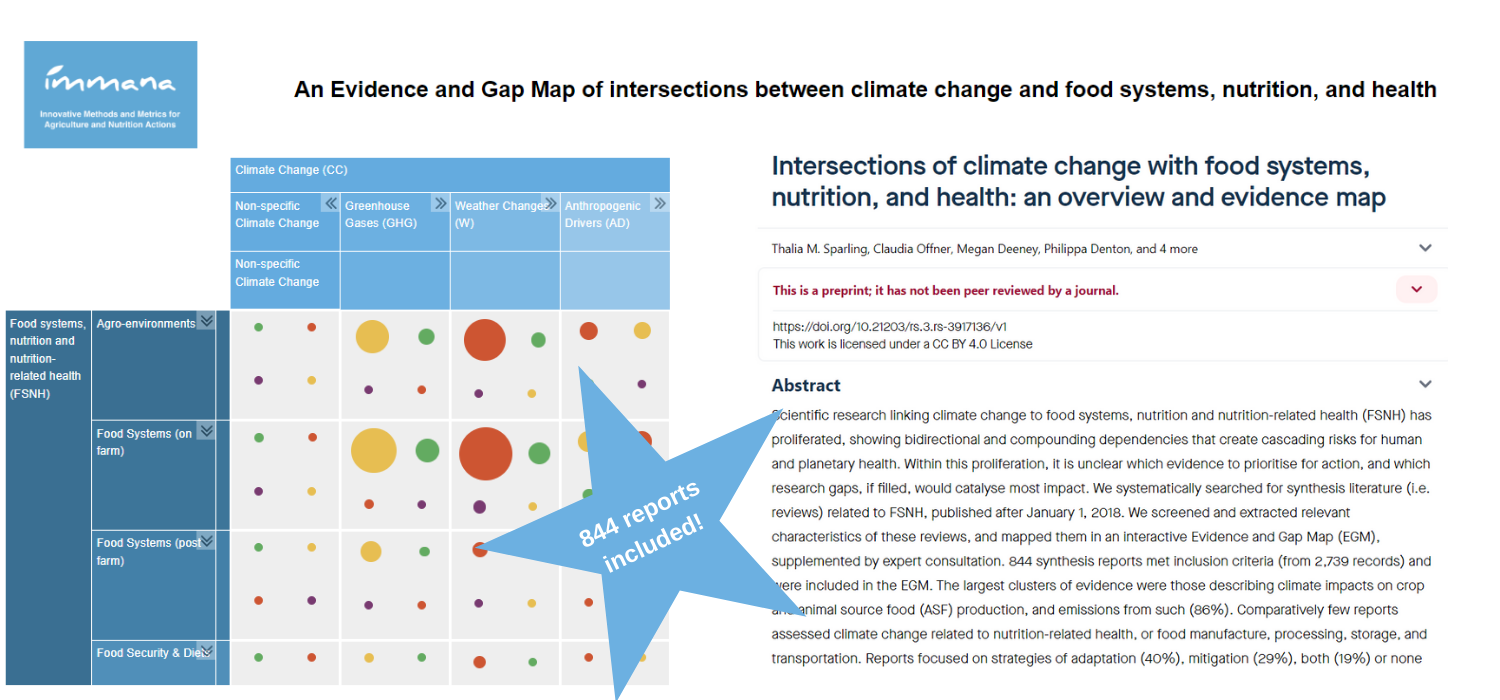Sustainable Diets game: Diet Dimensions
Get in touch
You are welcome to adapt and play the game with your students, colleagues or workshop participants. We would love to hear how it went - please get in touch at [email protected].
Game development
The ANH Academy Sustainable Diets Working Group worked with partners to develop and pilot an interactive social game, ‘Diet Dimensions’, to help think about sustainable diets and food systems in a new, innovative way. The game was created by Zowi Vermeire, Lucas Rutting and Joost Vervoort and was adapted from the Future Earth “Seeds of Good Anthropocenes” project. The “Diet Dimensions” version was created with support from the Innovative Methods and Metrics for Agriculture and Nutrition Actions (IMMANA) programme, the CGIAR Programme on Climate Change, Agriculture and Food Security (CCAFS) and the FP7 programme, TRANSMANGO.
About the game
‘Diet Dimensions’ is a live, social game that helps illustrate key issues and challenges around sustainable food systems. The game is an effective tool for encouraging people from various backgrounds to talk, interact and brainstorm projects to improve food system sustainability. It provides a novel way of exploring different strategies and their complex impacts. It is publicly available and can be adapted for different purposes.
How to play
In the first stage of the game, participants meet in the ‘market place’ and form inter-disciplinary teams. The teams then brainstorm a project idea to improve food system sustainability in a setting of their choice. During the ‘battle stage’, teams pitch their projects to one another. Teams can offer constructive critiques and can incorporate feedback to strengthen their projects. The battle stage is overseen by judges who award points for strong project ideas and constructive criticism.
Why play? The game is for the benefit of the players. In a conference setting, the game is an effective tool to encourage networking across disciplines and skill sets, e.g. between research, policy and practice communities. In an education setting, the game is a useful learning tool, encouraging students to think creatively and consider multiple aspects of the food system.
Duration of the game: 3 hours (this is the suggested duration, but it can be shortened or extended)
Number of players: 15-30 players, forming an even number of groups with ~3-5 members each.
Who can play: Anyone can play the game. The topic/challenge can be adapted to fit the interests of the players.
Resources required: You will need a facilitator to walk the players through the rules and different stages of the game. The game relies mainly on peer-to-peer critique and learning; however, judges are required to award points to teams and it helps if these judges have a good knowledge of food systems. Teams will require a small space for discussion (we recommend three smaller rooms or one large rooms in which groups can disperse). You will also need some pens and flipcharts.
Game structure (excerpt from Case Study Brief)

Resources
Below you can access a range of resources that will allow you to better understand the game and play it in your own setting.




